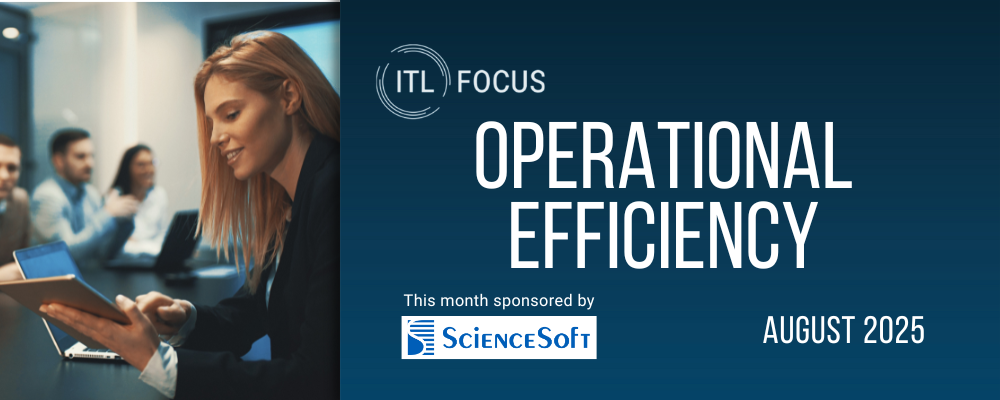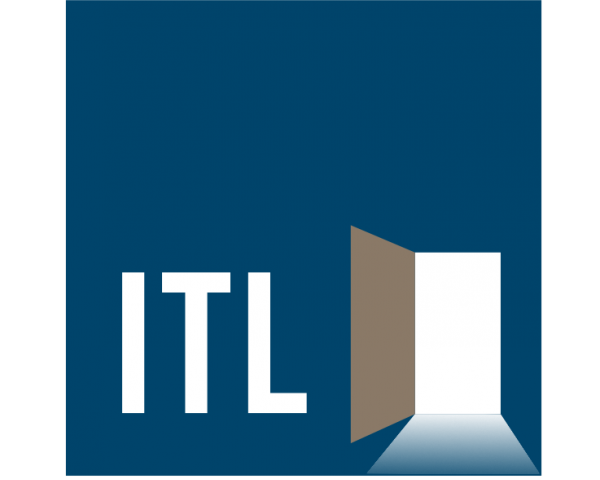I’m old enough to remember when Time magazine put the personal computer on its cover as the “Machine of the Year” in 1982. The digital revolution was all the rage, based on the Apple II’s release in 1977 and the introduction of the IBM PC in 1981. Massive gains in productivity were promised, just around the corner. And they came…15 to 20 years later. The “Machine of the Year” cover springs to mind because, despite all of today’s promises about generative AI, I’m seeing just anecdotal evidence of big productivity gains, not the sort of across-the-board, major improvements in efficiency that should be possible. I very much believe in the potential for generative AI. I just think it’s going to take at least a year or two, maybe more, for the big gains to show up. And I think I know why. Much of the issue comes down to what computer types have long called “paving the cowpaths.” The term comes from Boston city planners’ decision to establish a street grid by simply paving the paths that cows had worn into the ground over the decades. That decision became a metaphor for the many companies that use advancing technology to simply do a better version of what they’ve always done, rather than realizing they can reimagine what they do, not just how they do it. For now, I’d say insurers – like companies in just about every industry – are using generative AI mostly to produce better cowpaths, while the real gains will come when they think in terms of the equivalent of highways or public transportation or driverless cars or…. Another issue is just the friction that comes with changing how we all do things. Generative AI can do some things amazingly fast, but we have to change our habits, and that can slow us down. The technology needs to become more reliable, too. For instance, with just the limited editing I have an AI do for style with the articles I publish, it sometimes tells me that it has made changes that are the exact opposite of what the style sheet tells it to do. I was on a call the other day with a group that was demoing an impressive app, but the large language model (LLM) underlying the app went down. We rescheduled the demo for a couple of days later, and the LLM went down then, too. The AI is still delivering productivity gains for me, for this group and for others, but we’re early days in terms of the underlying technology. Finally, there will surely need to be some other technologies or at least apps built up around generative AI to unleash its full potential. With PCs, for instance, they did some things super well on their own but moved to the next level when local area networks connected them, then really became valuable once the internet developed enough to connect all of us to each other, and reached even another level, in the stratosphere, when phones and all sorts of other devices got connected, too. As I say, I think we’ll get there, and a lot faster than we did with PCs. I just think it will take a while. We can’t, of course, just sit back and wait. We have to make the change happen. And I think this month’s interview, with Olga Vinichuk of ScienceSoft, lays out a smart approach that will let companies build momentum. She not only lays out where efficiencies lie but explains how pursuing them can create a virtuous circle that lets you take the savings and plug them into other projects that create more savings, and so on. I think you’ll find it interesting and helpful. Cheers, Paul
| 

